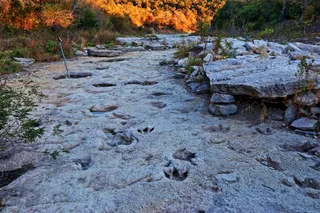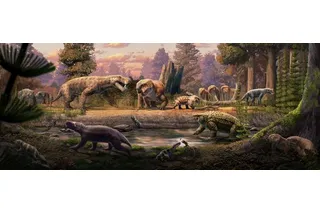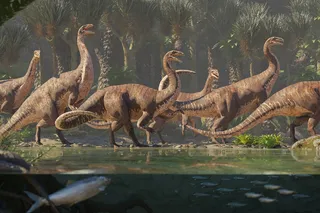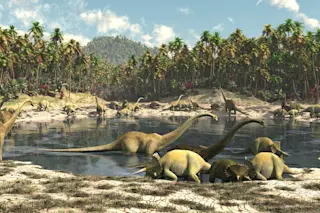Dinosaurs lived relatively long lives. The oldest Tyrannosaurus rex specimens that we’ve found were alive for about 30 years. It’s likely that many dinosaurs, especially sauropods, lived much longer than that. And with long lives and aging comes diseases. But what do we know, and what can we know about the diseases that impacted our favorite dinosaur species?
According to Penélope Cruzado-Caballero, an assistant professor of paleontology at the University of La Laguna in Spain, dinosaurs lived with a diverse set of diseases, and we know this by studying the signs of disease left in the fossils, “In most cases, we can only know about diseases that attacked the [fossilized] bones,” says Cruzado-Caballero.
We don't know a lot about dinosaur diseases because they would have needed to be significant enough to impact the bone. Also, the dinosaur would have needed to live long enough to be affected by the disease. ...















